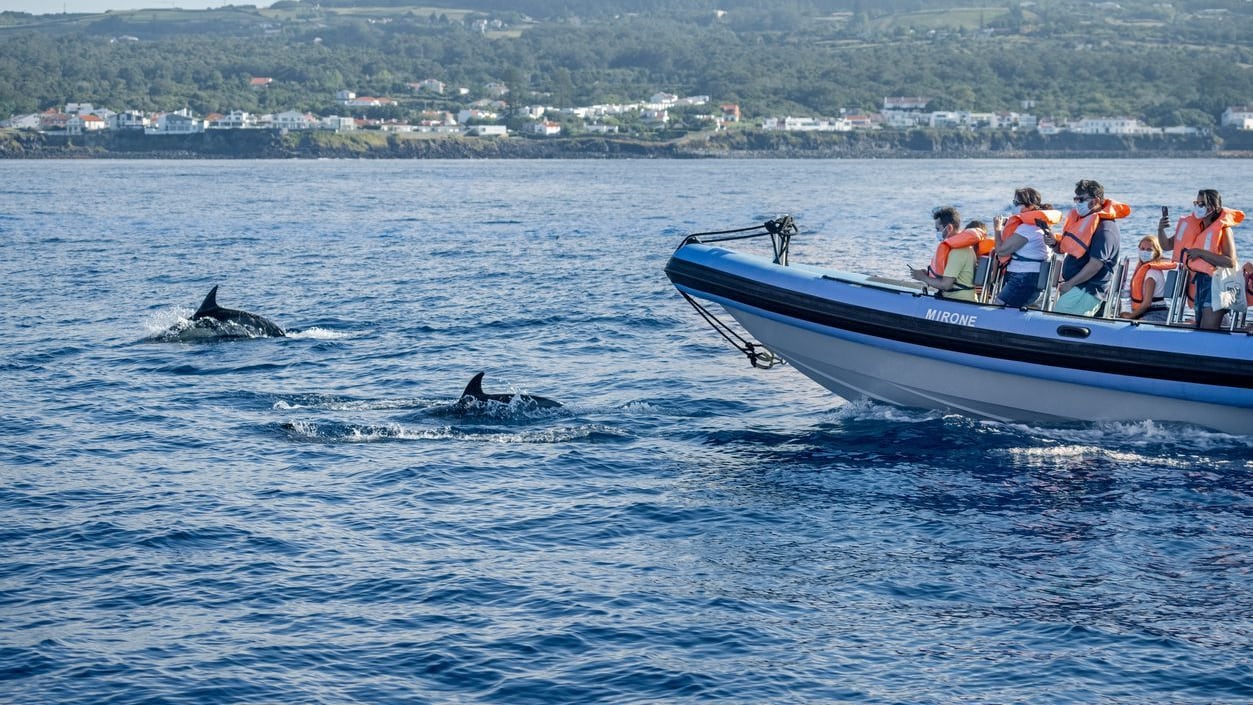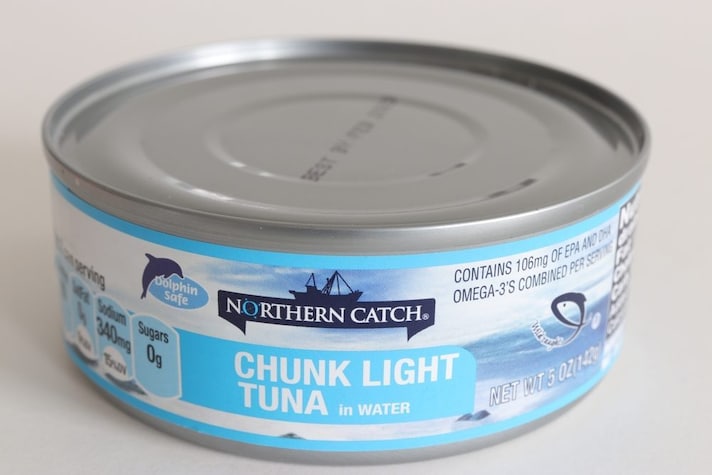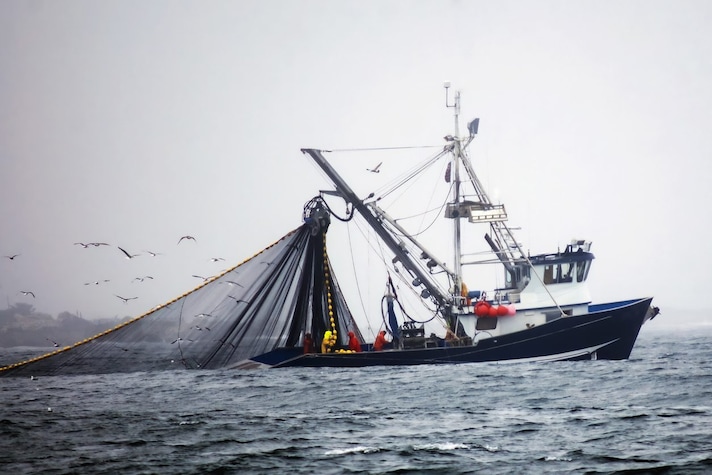
Eating well, an expression that has a very broad meaning: it does not only mean eating in a balanced way, but also consuming products that do not intentionally damage the environment or other living species. Just as we should make careful choices regarding meat purchases, even when we stock up on cans of tuna at the grocery store we need to be careful. Why? Fishing practices, in fact, could be invasive and responsible for damage not only to the marine ecosystem, but also to the species that inhabit it. That’s why today we explain what the Dolphin Safe mark is and why it is important to look for it when choosing the products to buy.
What is the Dolphin Safe Mark And Why Is It Important?
To protect consumers and guarantee the quality of fish products, several voluntary certifications have been created that go beyond national regulations. These certifications, such as the MSC (Marine Stewardship Council) mark, guarantee that the fish comes from sustainable fishing and that there are no mixes with other species.
The Dolphin Safe mark is a label that is placed on fish products, particularly tuna, to certify that no dolphins have been involved or harmed during their fishing: it was created by the Earth Island Institute, a US non-governmental organization dedicated to the protection of the marine environment and the conservation of biodiversity.
Tuna fishing, especially in the Pacific Ocean, was traditionally done with a technique called “circuit” (purse seine). This technique consists of surrounding the banks of tuna with a bag-shaped net. The problem is that dolphins often swim with the banks of tuna and get trapped in the nets, which causes their death.

This problem became especially significant in the 1960s and 1970s, when this type of fishing in the eastern Pacific Ocean caused a massacre of dolphins, which were accidentally caught in nets along with tuna. The cruel practice caused a wave of indignation at an international level and led to the birth of a movement for the protection of dolphins.
The “Dolphin safe” mark indicates that the tuna has been caught using methods that do not harm dolphins. Companies that use this label commit to a series of standards, including:
- No intentional capture of dolphins: Nets must not be used to surround dolphins.
- Immediate release: If a dolphin accidentally becomes trapped in the net, it must be released immediately.
- On-board observers: Fishing vessels must have independent observers on board to monitor fishing operations and verify compliance with the rules.
By choosing products with this label, you can be sure that the tuna you are buying comes from a fishery that does not harm dolphins. You can find it on canned tuna and other tuna products.

Criticism of the Dolphin Safe Brand
Over the years, there have been criticisms of the Dolphin Safe model and we must start from those to improve certification standards. In particular, criticisms have focused on the fact that this label protects only dolphins, without going further in terms of total sustainability of fishing practices. It is important, in fact, to consider the overall impact of fishing on the marine ecosystem and to promote sustainable fishing practices that take into account all the species involved.
Some argue that the requirements for obtaining Dolphin Safe certification are excessive and burdensome for fishing companies, thus limiting competitiveness and increasing costs for consumers, which is also the case for other certifications. The issue of the lack of transparency in the management and control of certifications has been raised, with the risk of corrupt practices or circumvention of the rules.
In 2001, the World Trade Organization (WTO) also condemned the United States for imposing restrictions on tuna imports from countries that did not comply with Dolphin Safe standards: this decision raised doubts about the legitimacy of protectionist measures adopted to protect dolphins.
Despite criticism, the Dolphin Safe label has been an important step forward in protecting dolphins and promoting more sustainable fishing. However, it is essential to continue to improve this system and promote a comprehensive approach to marine resource management.